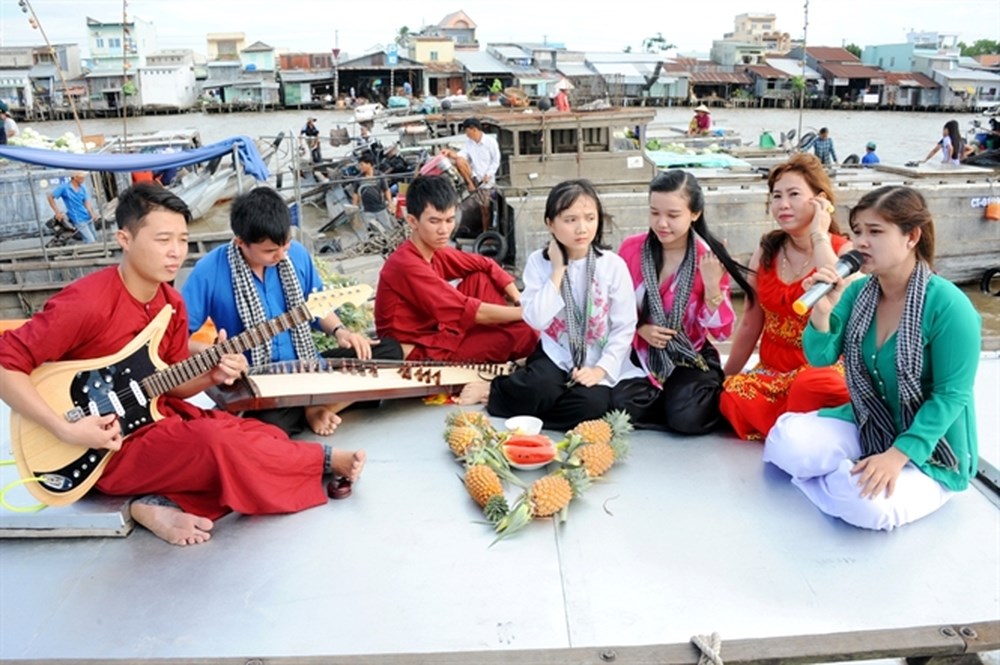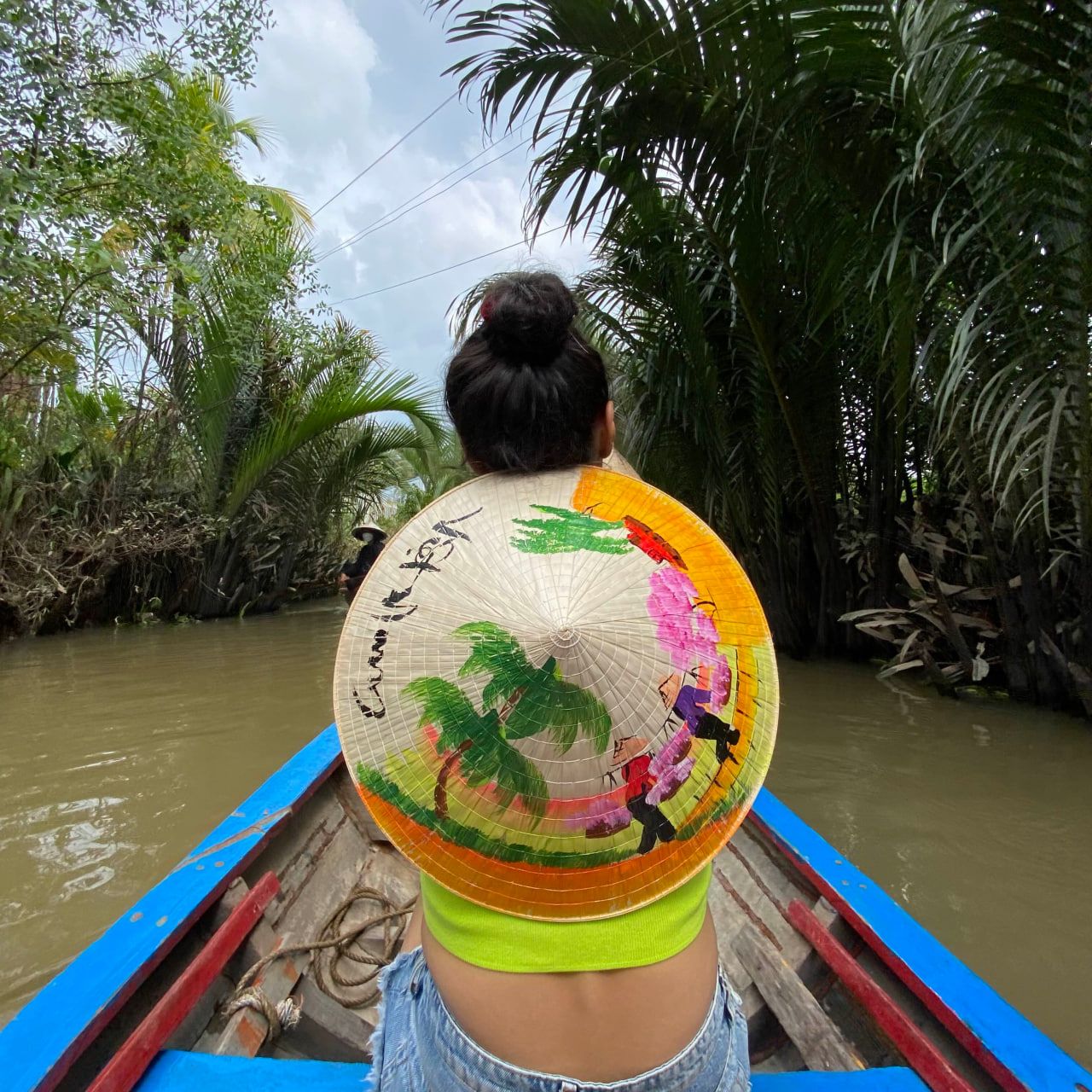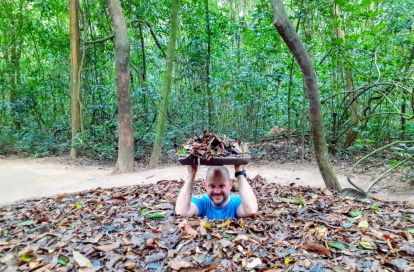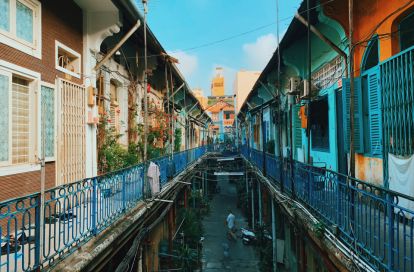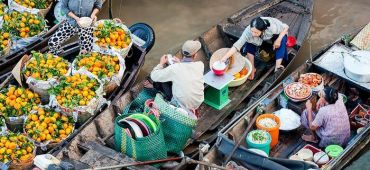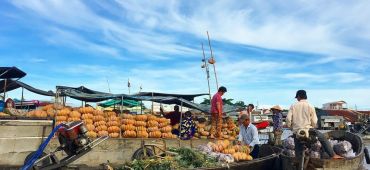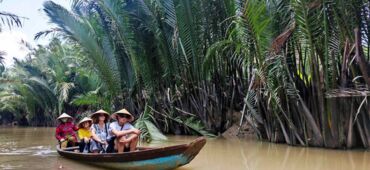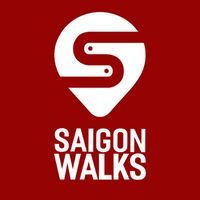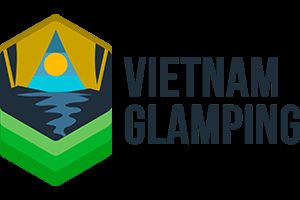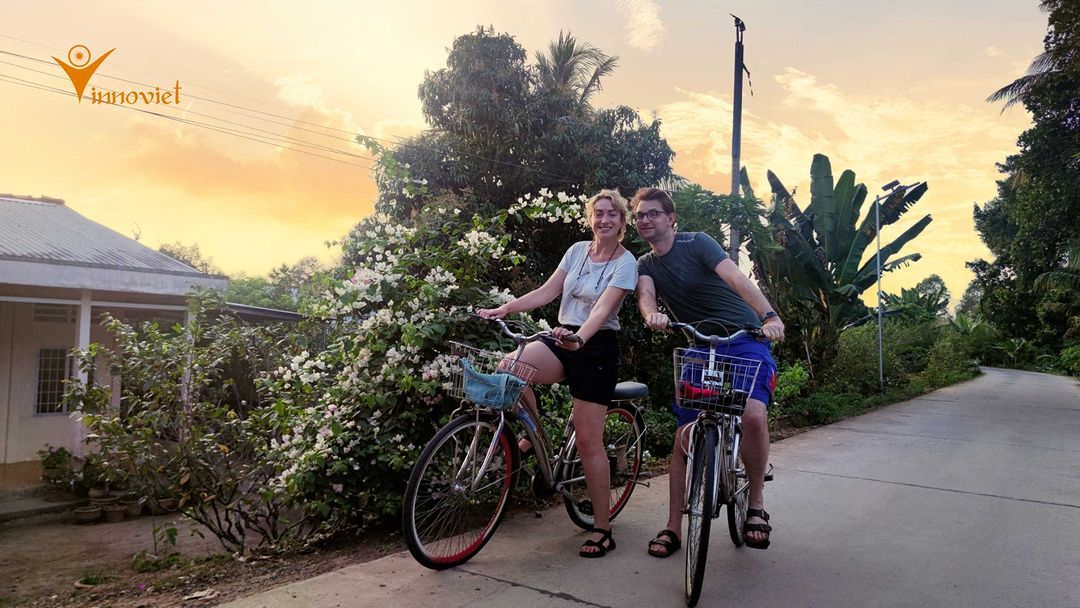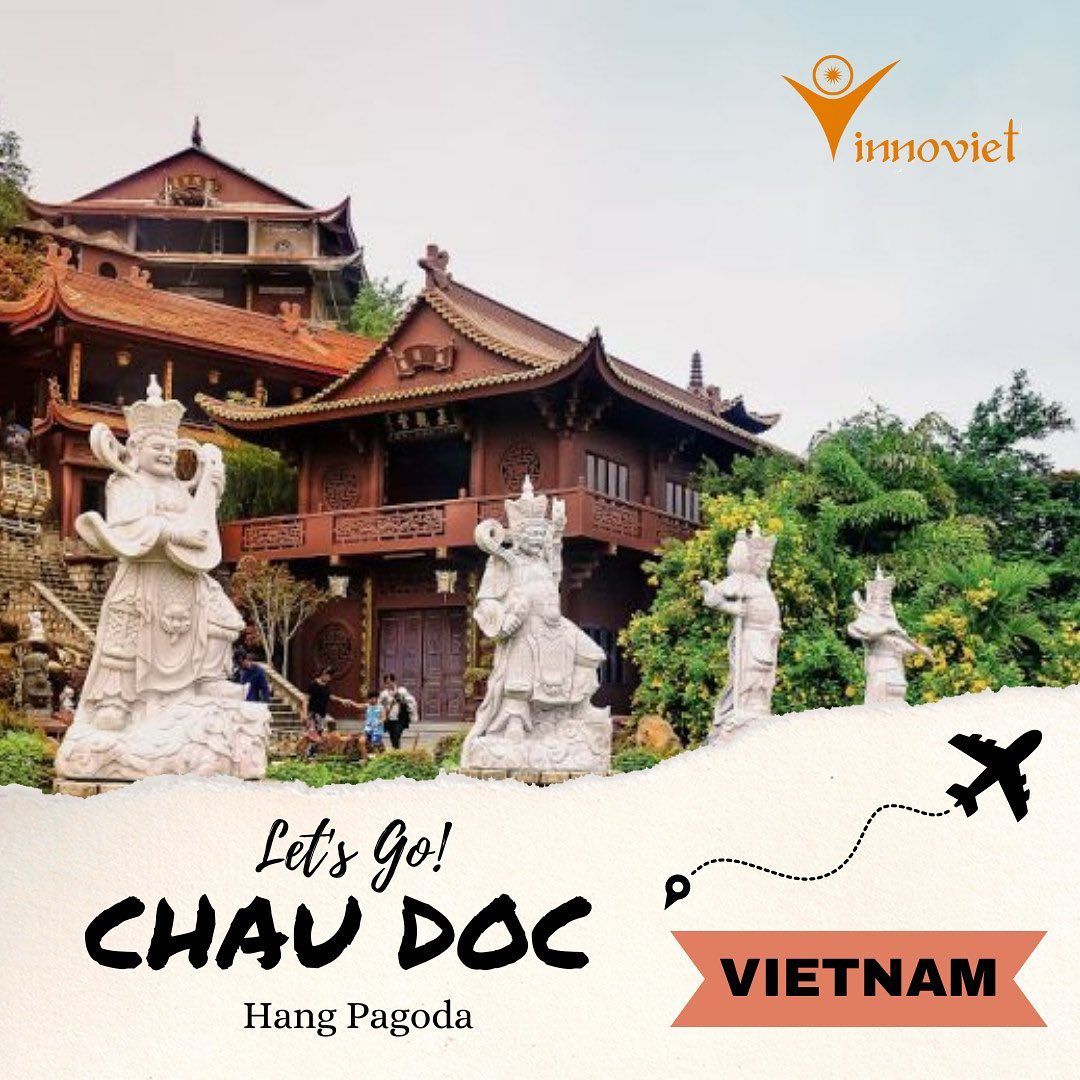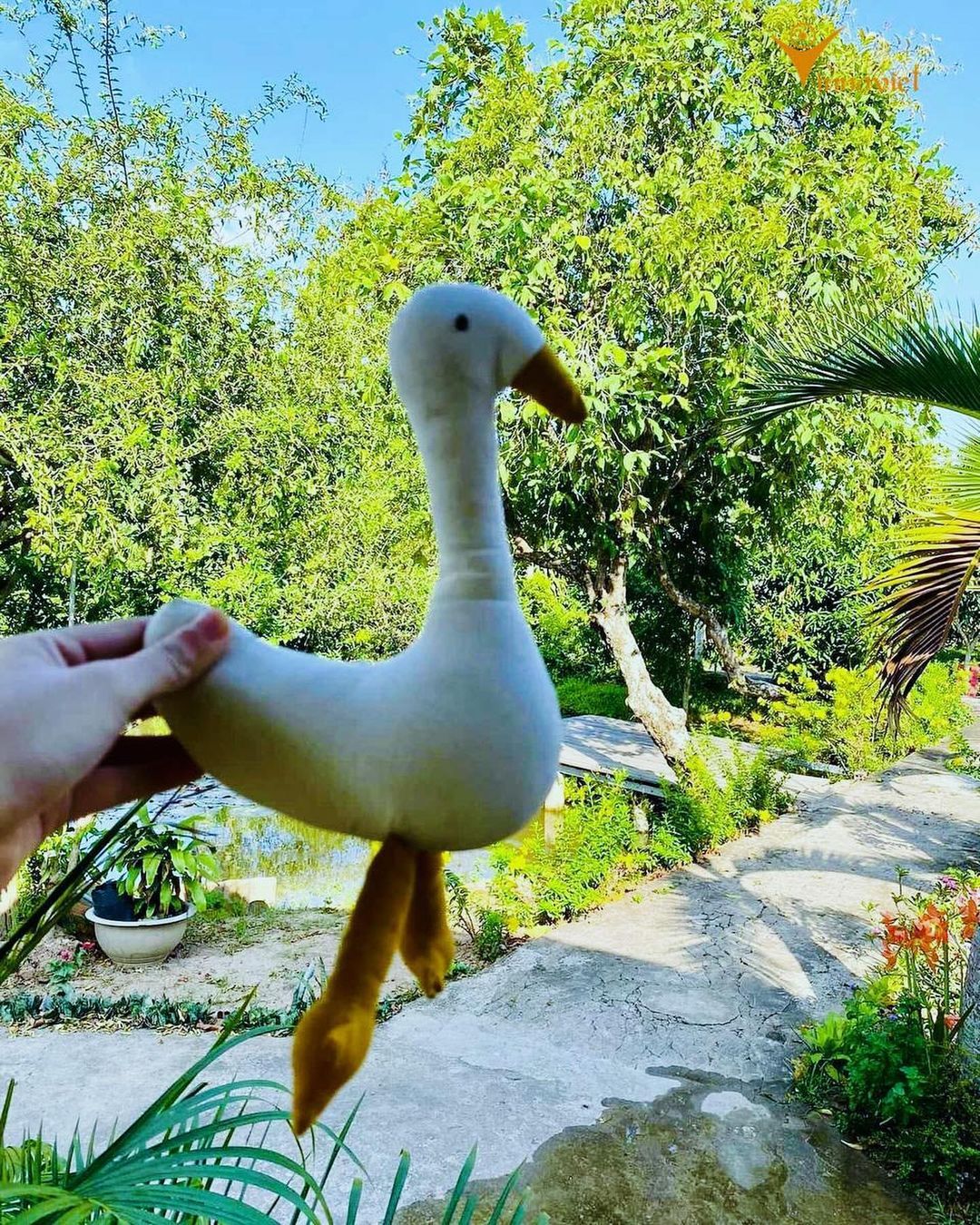Floating markets From Ho Chi Minh City - Vietnam
Overview
Have you ever heard of floating markets? This is an extremely unique and distinctive cultural feature of many Southeast Asian countries as well as Vietnam. Floating markets in Vietnam, however, still have their own unique features. Which means do they sell by, what are the main products, how do they advertise in floating markets in Vietnam? All will be answered in the article below by the best Vietnam tour operator.
The history
No one can tell exactly when and how floating markets in Vietnam are formed. However, according to MA. Tran at Vietnam National Institute of Culture and Arts in Ho Chi Minh City, floating markets are manifestations of how locals have adapted to the natural environment. It is clear that the Southern part of Vietnam is full of rivers; in other words, the density of rivers in the area is very high. In the condition that roads didn’t develop, people made use of their custom of trading on rivers, floating markets gradually formed.

See more: 3-Day Adventure: Ho Chi Minh City, non-touristy Mekong Delta, and Cu Chi Tunnels
What makes floating markets in Vietnam special?
Trading is conducted above the water
As its name suggests, goods exchanging activities are implemented on rivers. It is downright unique and impressive because common markets are the crowded spots on land where people gather and exchange products. However, adapting to the natural terrains, these floating markets really come into their own in meeting the needs of trading. All activities are done on boats, which are normally the transportation means on rivers, now become the critical facilities in this trading form.

Photo: Minh Thu
Trading is performed flexibly
In Vietnam's floating markets, a fascinating blend of commerce and tradition unfolds on the river's surface. Unlike conventional markets firmly rooted on land, these markets drift along waterways, their bustling activity creating a vivid tapestry of sights and sounds.
At the heart of these floating markets lies their fluidity. Rather than fixed stalls, vendors navigate their boats laden with colorful arrays of fruits, vegetables, and other goods. It's a mobile marketplace where sellers showcase their wares by gliding from one spot to another, skillfully enticing potential buyers with their calls and gestures.
Central to this dynamic exchange is the iconic Beo tree, a symbol of marketing ingenuity. Perched atop bamboo poles, these trees serve as beacons, drawing attention to the goods on offer from afar. Their presence not only adds to the charm of the floating market but also reflects the resourcefulness and creativity of the merchants who ply their trade here.
This unconventional approach to advertising epitomizes the essence of the floating market culture. It's not about the clamor of crowded streets or the imposing facades of brick-and-mortar shops, but rather the gentle sway of boats and the rhythmic chant of sellers as they navigate the waterways, creating an immersive experience that is both timeless and uniquely Vietnamese.
Floating markets are cosmopolitan
Normally, floating markets in Vietnam are the points where river branches meet. Hence, sellers here are from many provinces and areas. The goods sold on boats consequently are various, including specialties of many different places. This creates a colorful picture and uniqueness for this type of trading. So floating markets are not only the destination to exchange goods, but also exchange cultures.
Garden fruits are the main goods of floating markets
This reflects an important trait of Southern agriculture, which is that the main agricultural product is fruits. Being substantiated by illuvium from rivers, as well as often provided with plentiful water, soil in this area is especially fertile. Adding to this, the climate is favorable to growing fruits, so many breeds thrive in this area. Besides wet rice, garden fruits is the key product of agriculture and critical goods in floating markets in Vietnam.

Photo: MinhThu
Most famous floating markets from Ho Chi Minh - Vietnam
1. Cai Rang Floating Market
Cai Rang Floating Market, nestled in Cai Rang district, Can Tho city, just a boat ride away from Ninh Kieu wharf in Ho Chi Minh City, embodies over a century of Mekong Delta culture. Despite the advancements in road infrastructure, this market remains a poignant reminder of history's trading roots. The market comes alive between 5 to 8 am, as hundreds of boats converge from all directions, adorned with Beo sticks showcasing their wares. These floating shops have earned Cai Rang a spot among the world's top 10 markets, lauded for its vibrant tropical-colored boats. Explore this cultural gem and indulge in Southern cuisine delights like Pho, snacks, noodles, and coffee, including the renowned noodle soup that captured the palate of chef Gordon Ramsay during his visit in 2013.

Photo: Minh Thu
2. Cai Be Floating Market
Cai Be Floating Market, situated in Cai Be town not far from Ho Chi Minh City, embodies the rich cultural heritage of the Southwest region. Originating centuries ago, it reflects the dynamic and creative spirit of the river communities. As one of the largest floating markets in Vietnam and topping the list in Southeast Asia, Cai Be attracts a steady stream of domestic and international tourists. Its unique way of life and vibrant atmosphere make it a must-visit destination in Tien Giang province and the wider Southwest region. With tourism companies heavily promoting it, Cai Be Floating Market remains a highlight in travel itineraries exploring the West.

Photo: Minh Thu
3. Long Xuyen Floating Market
Long Xuyen Floating Market, a renowned attraction near Ho Chi Minh City on the Hau River, epitomizes the vibrant culture of An Giang province and the Mekong River region. Despite modern conveniences, this market maintains its traditional way of life, drawing visitors keen to explore its bustling waters. Departing from O Moi ferry and stretching along the Hau River for approximately 2km, it offers a picturesque sunrise experience, with pink and white clouds painting the sky. At 5 am, visitors can immerse themselves in the daily rhythms of the working people who depend on the river for their livelihoods.

Photo: Minh Thu
4. Nga Bay Floating Market
Renowned for its bustling trade, Nga Bay Floating Market stands out as one of Vietnam's most famous markets, conveniently accessible from Ho Chi Minh City. Nestled deep within its vibrant atmosphere lies the rich indigenous culture of Hau Giang province and the broader Mekong River region. Serving as a hub of commerce and tradition, it preserves the legacy of ancestors while adapting to modern times. Today, it attracts visitors from across the globe, featured prominently in travel guides and websites. To experience the market firsthand, visitors can rent a boat from the ferry wharf, where small vessels ferry passengers to the market's heart. Amidst the morning mist, the market comes to life with hundreds of boats, large and small, showcasing a diverse array of local fruits and agricultural products. As a wholesale market, it offers goods in large quantities, meticulously sorted and packaged for distribution. Whether locals or traders, all converge here, contributing to the lively and captivating atmosphere of Nga Bay Floating Market.
5. Nga Nam Floating Market
Coming to Nga Nam market at the right market time, visitors will see the entire market as a vivid, colorful painting. Colors from vegetables and fruits; the color of grandmother's dresses fluttering in the wind; Big and small boats, five- and three-leaf canoes bustling up and down; The sound disturbed the entire river area. If in other markets, the market usually opens at dawn and is bustling from morning to noon, then Nga Nam floating market is more special because the market opens at a time when the sky and earth are still dim, at 3-4 am. By the time the sun rises, at 7-8 am the market is almost over. At this time, only boats loaded with goods to transport to neighboring areas are still operating. Although today, trading activities are getting busier and more tourists come here, Nga Nam floating market still retains a rustic look in both the way of trading, down to the invitation of the seller row.

Photo: Minh Thu

Come and immerse yourself in the captivating charm of Vietnam, where tradition and modernity coalesce, creating an unforgettable experience. Your journey awaits, filled with the warmth of Vietnamese hospitality and the richness of its cultural tapestry.
The attractiveness of these floating markets in Vietnam perhaps comes from the simpleness and rurality; hence, these places are worth visiting on your trip to Vietnam. It is not a bad idea to merge into river culture after you explore a historic destination in Saigon. This will be a good trip for you and your beloved ones.
See more: How Can a Non-Touristy Mekong Delta Trip Provide Direct Interaction with Locals?
Start your journey today and create unforgettable memories in Mekong Delta Vietnam here:
Mekong Delta 1 Day Tour - Ben Tre boat and bike experience
Mekong delta homestay 2 days tour with cycling trip in non touristy villages
Mekong delta tour 3 days with homestay - cycling - Cai Rang floating market
1-day Mekong tour from Can Tho | The Myst Mekong
Cu Chi Tunnels & Mekong Rural Life
Come and immerse yourself in the captivating charm of Vietnam, where tradition and modernity coalesce, creating an unforgettable experience. Your journey awaits, filled with the warmth of Vietnamese hospitality and the richness of its cultural tapestry.
Your extraordinary experience begins here!
Click this code to unlock your special offer when coming Off the Beaten Track Vietnam

JOIN OUR FACEBOOK GROUP HERE to learn our tips as well as discuss them before going to these locations.
Be sure not to miss out on our special offer when you join us for this experience.

